Air travel to Hawaii often marks the start of a dream vacation, but there is a hidden issue on many flights that could pose a risk to passengers and crew alike that most of us rarely, if ever, think of. We know we didn’t give it much consideration prior to these two very incidents on Hawaii flights.
We can certainly recall smelling oil or similar smells on airliners many times, especially before and during departure. While most of us still enjoy our flights without serious incident, a concern has re-emerged regarding the air you breathe in-flight, mainly connected to the systems used on most commercial planes flying to Hawaii.
What is “bleed air,” and why is it concerning?
When such “fume events” occur, passengers and crew can experience symptoms such as headaches, dizziness, blurred vision, and even long-term health issues. Although relatively rare, these events have been the subject of numerous reports and even lawsuits. In yesterday’s incident on a flight bound from Kauai, flight attendants reportedly fell ill mid-air, forcing an emergency diversion. The crew experienced dizziness and nausea, and the plane had to land unexpectedly in Honolulu to address the issue. For more details, see last week’s most recent Hawaii fume event.
A previous Hawaii flight incident from this summer, and many others we have reported on previously highlight similar situations with adverse effects from contaminated air, underscoring the ongoing nature of this problem. Some crew members who are more frequently exposed to these contaminants have reported chronic health problems linked to prolonged exposure.
You may also recall several years ago a Hawaiian Airlines flight from California had smoke fill the cabin. Passengers reported the plane made an emergency landing at HNL where evacuation slides were deployed. They were met by first responders at seven passengers went to the hospital. It was reported that the incident resulted from engine oil that seeped into the cabin via a faulty seal.
Asked about improving airline cabin air quality, the FAA has said, “Studies have shown cabin air is as good as or better than the air found in offices and homes.”
Long duration Hawaii flights are not immune.
These risks are especially relevant for travelers headed to or from Hawaii due to the extended duration of most flights. With flights to Hawaii typically exceeding five hours, the possibility of more prolonged exposure to contaminated air may be worse.
Which planes use bleed air?
Most commercial airliners, including those commonly used for flights to Hawaii, rely on bleed air systems. This includes Boeing and Airbus aircraft, although the systems are implemented slightly differently.
Airbus aircraft utilize bleed air systems, including the A321neo and A330 models commonly used on Hawaii routes. Airbus has incorporated additional sensor and filtration technology designed to reduce contamination risks, but the possibility of fume events obviously, based on the Hawaiian Airlines incident, still exists.
The Boeing 787 Dreamliner: a safer option?
Not all aircraft rely on bleed air systems. The Boeing 787 Dreamliner, which serves some routes to Hawaii, uses a bleedless air system. This system does not rely on air drawn from the engines but instead uses electric compressors to provide clean air to the cabin. As a result, the risk of engine oil contamination is eliminated, offering peace of mind to travelers and crew alike.
Legislative efforts to address toxic air.
Concerns over cabin air quality have moved to Congress, where the bipartisan Safe Air on Airplanes Act was introduced this year. The bill addresses health risks posed by fume events, which occur when toxic substances from the aircraft’s engine or other systems leak into the cabin air.
The Association of Flight Attendants supports this bill and a transition from bleed air systems on all new commercial aircraft while requiring better filtration systems on existing planes.
Industry reactions and debate.
The topic of cabin air contamination has generated mixed reactions. While unions representing flight attendants have campaigned for change, not everyone in the airline industry agrees on the severity of the issue.
A long-time aviator and frequent commenter on Beat of Hawaii, Dickie_D, recently shared his take on the matter:
“Hmmm … is this Déjà vu all over again? AFA Flight Attendants have ‘reported becoming ill due to an unknown odor on the aircraft for more than a couple of decades and counting. I’m sorry … but as an airline employee with 25K+ flight hours – most of it in long-haul, Trans-Pacific flights – I’ve never had one crewmember – pilot or flight attendant – complain about ‘unknown odors on the aircraft’ that would be a cause for concern or require the need for an early divert to a landing. This seems to be something that’s become de rigueur and remains largely in the province of AFA flight attendants, IMO… So what does that tell you…??”
Dickie_D’s comment raises the question of whether certain groups are overstating concerns over cabin air quality. His experience suggests that not all airline professionals have encountered or been affected by such events despite years of flying long-haul routes like Hawaii. It highlights the divide between those who see this as a pressing issue and others who believe it may not be as widespread as some claim.
While fume events remain rare, they are a recognized risk on many commercial flights, including those heading to Hawaii. The introduction of legislation like the Safe Air on Airplanes Act reflects growing awareness and concern over the air we breathe on flights.
Are you concerned about fume events on airliners and what has been your experience with fumes on Hawaii flights?
Get Breaking Hawaii Travel News
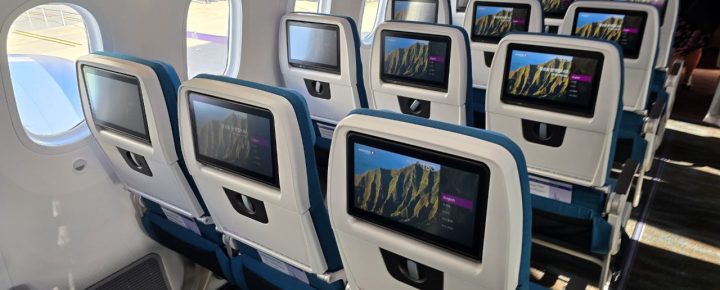
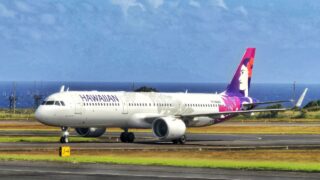
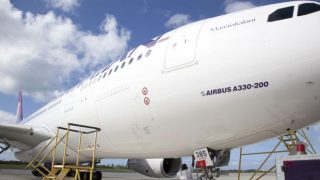


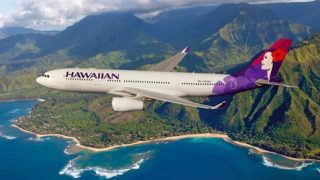
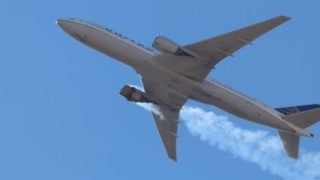
[email protected]
As a long time HA customer, I’ll be interested in how FF programs will be affected. I’ve only flown Alaska a couple of times in the last 20 yrs and while the FAs were all very nice and I don’t recall any flight problems, I did feel that their FF programs were not that good when compared to HA. As the merger moves forward, your insights into this issue would be most appreciated.
Good grief! Commercial airliners have been using bleed for cabin pressurization since the 1950s, with the introduction of the Boeing 707 and Douglas DC-8. That’s 70 years. I suspect this issue is being blown out of proportion to a large extent.
Hmm. Maybe I am tired and missed it, but you never really answered the question “What is ‘bleed air’?” I had to go look it up elsewhere to find out exactly what it is. Fascinating. I would love to have been at that table when someone first suggested grabbing air from the engine to pressurize/cool a cabin. Path of least resistance, I guess.
As I recall Hawaiian had a similar issue when they first got the A330’s and at the time the AFA was in contact with another airline that had the same issue also with a new airplane. Can’t recall what the theory was for sure but I want to say it may have had something to do with engine washing chemicals or as you said oil getting into the bleed air system. The common denominator was new aircraft so that brings up an added component to the cocktail. The chemicals used on the seat cushions….there is a “new airplane smell” just like a new car smell. The chemicals that create that new car smell are now found to be unhealthy and it’s recommended you keep the windows open and air flow going when you get a new car. Keeping the windows open on a Jet doesn’t work well at all……
Good morning Rob+Jeff. This is a very interesting topic today. I can only remember back in the day when the cooling system used to blow smoke/steam from the vents from above the windows. Do you remember that? Not even sure what that was. Haven’t seen it in many years. Maybe it was AC? Or what? Do you know? I haven’t noticed any fumes myself except for some food smells from carryon items that people bring on. Popcorn was the strongest. I do think the air filters should be checked and replaced after each long flight over 4-5 hrs. I’m sure the plane doesn’t get enough airing out between flights. Mahalo as always.
“White smoke” is usually condensation from the A/C, especially in high humid areas such as Hawaii. Air filtration on the planes are one of the best, usually using HEPA filters. The exhaust smell you sometimes smell are usually from when there’s a tail wind during engine starts. The backwards airflow from the wind blows the exhaust fumes through the bleed air system.
I can say the CO2 levels are off the charts. On a recent flight to SFO,the readings on my aranet4 were 921, 1157, 1475 (which put meter reading in black,indicating unsafe air), 1524 ! and finally “down” to 1253. Very unhealthy for 5+ hours.